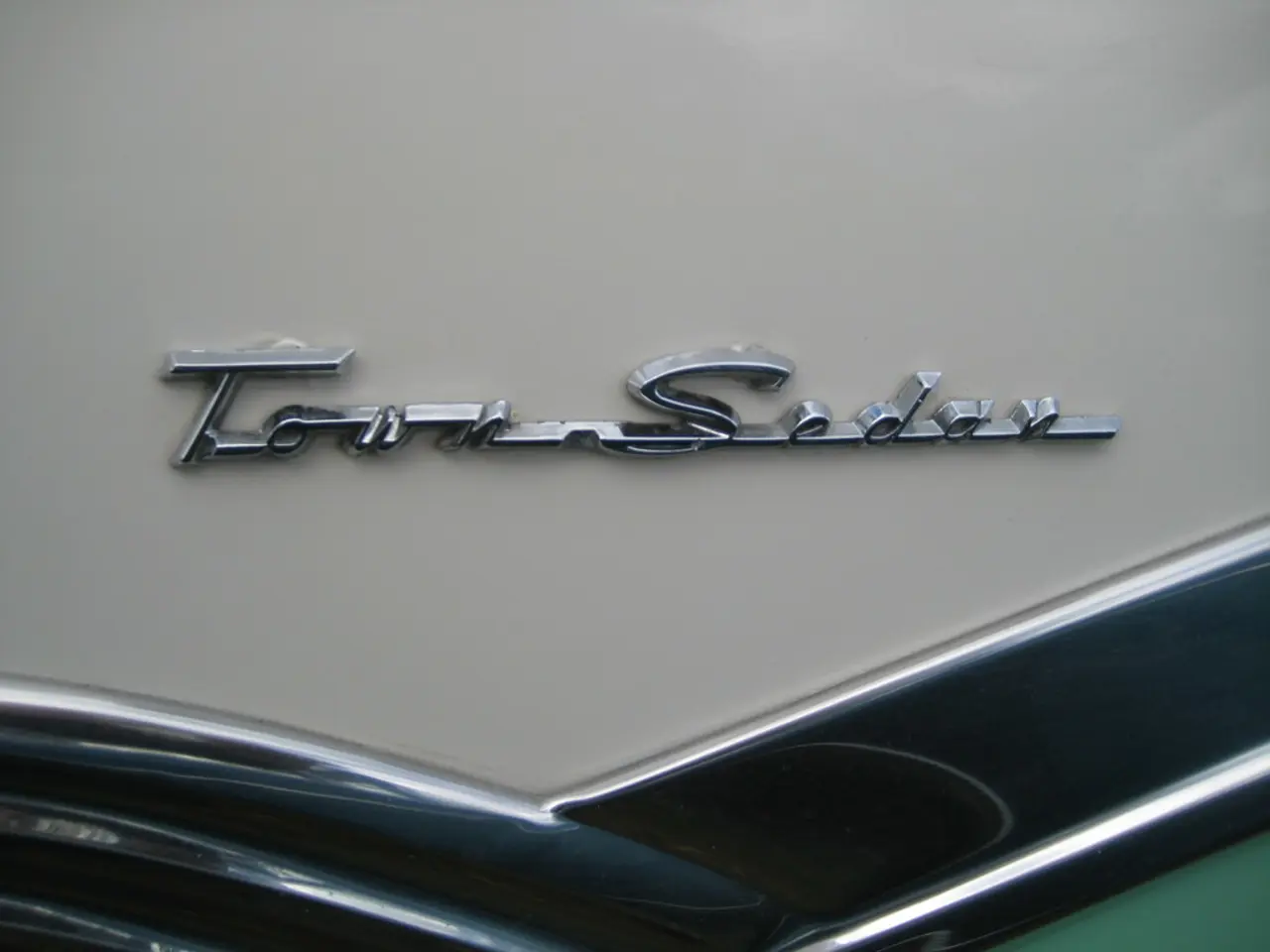Shifting from token usage to implementing fixes or updates
Meta's Byte Latent Transformer (BLT) architecture marks a significant departure from traditional token-based language models. Instead of relying on tokenization into discrete vocabulary units like Byte-Pair Encodings (BPE) tokens, BLT processes raw bytes directly [1][4].
This byte-level approach offers several advantages:
- No tokenization bottleneck: By removing tokenization, training and inference pipelines are simplified, eliminating errors or ambiguities that can be introduced by tokenizers [2].
- Computational efficiency: Larger byte patches reduce the number of inference operations (FLOPs) roughly inversely proportional to patch size. With an 8-byte patch, BLT achieves nearly 50% fewer inference FLOPs compared to token-based models [1][2].
- Better scalability: BLT matches or exceeds the scaling trends of token-based models at compute-optimal regimes, performing comparably or better as model and data size increase, especially with larger patch sizes [1].
- Improved character-level understanding: BLT exhibits exceptional proficiency in character-related tasks (e.g., spelling, character manipulation), outperforming token-based models on benchmarks that test orthographic and semantic similarity [1].
- Language agnosticism: Processing raw bytes reduces the bias introduced by language-specific vocabularies and tokenizers, enabling more flexible and granular modeling across multiple languages without fixed token boundaries [4].
- Selective attention: BLT dynamically scores and attends to byte clusters based on context, allowing it to allocate more computation to complex byte sequences, which contrasts with fixed tokenization schemes [4].
The lightweight local encoder in BLT groups raw bytes based on their predictability using an entropy-based approach. This dynamic approach can match the performance of state-of-the-art tokenizer-based models while offering the option to trade minor performance losses for up to 50% reduction in inference flops [1].
On tasks requiring character-level understanding, BLT outperforms token-based models by more than 25 points on the CUTE benchmark [1]. This superior performance is achieved despite BLT being trained on 16x less data than the latest Llama model [1].
The BLT architecture's website and community Discord are available for further discussion and engagement. This paradigm shift supports progress toward language-agnostic intelligence systems with improved computational performance and deeper character-level understanding [1][2][4]. The future of language modeling might no longer require fixed tokenization, as suggested by the BLT approach.
- Leveraging technology such as artificial-intelligence, Meta's Byte Latent Transformer (BLT) architecture is reshaping language modeling by processing raw bytes directly, eliminating the need for traditional tokenization.
- With artificial-intelligence powering its lightweight local encoder, the BLT architecture exhibits exceptional proficiency in character-related tasks, outperforming token-based models and offering efficient computational benefits.




